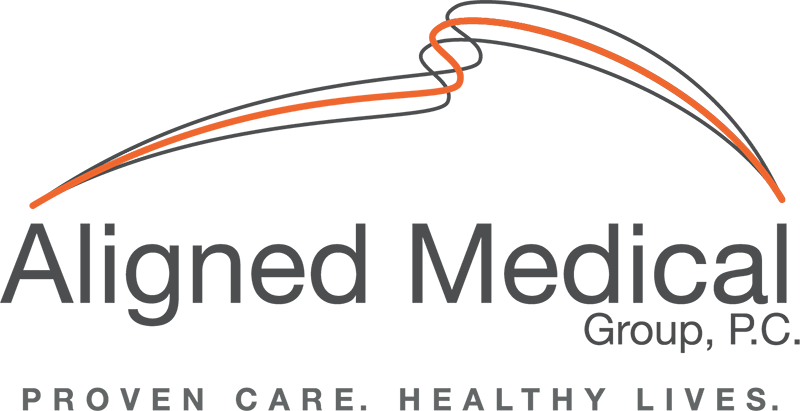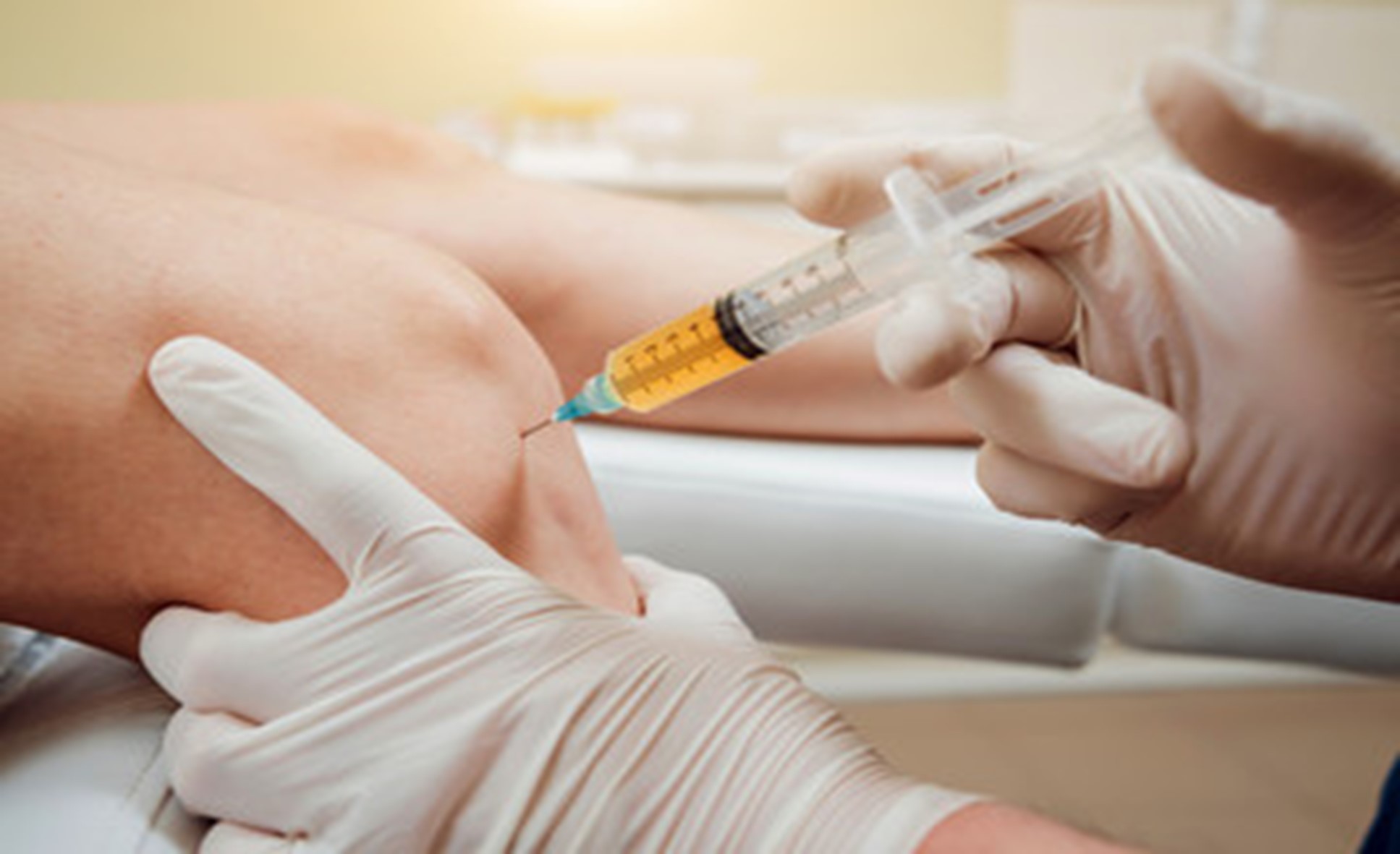Bone-on-bone knee pain is one of the most common and challenging orthopedic issues, often stemming from osteoarthritis and the gradual wear of cartilage. Our knees bear a significant portion of our body weight during movement and are constantly under pressure. For instance, each step can generate up to four times your body weight in pressure on the knee. This natural pressure is crucial in pumping nutrients through the knee tissues, keeping them healthy and flexible. However, excessive weight or repetitive strain can interrupt this process, gradually wearing away the cartilage and leading to “bone-on-bone” knee pain, a condition that can severely impact mobility and quality of life.
While surgery is sometimes necessary, many people find effective pain relief through non-surgical treatments. In this guide, we’ll explore what bone-on-bone knee pain feels like, and discuss various natural, non-invasive methods to help manage pain and restore mobility.
Common Knee Ailments
- Torn meniscus
- Ligament sprain (ACL, PCL, MCL, LCL)
- Tendonitis
- Arthritis
- Bursitis
- Baker’s Cyst
It is important to rule out less common, but more serious and destructive conditions that may cause knee pain such as gout, infection and cancer.
What Is Bone-on-Bone Knee Pain? What Does Bone-on-Bone Knee Pain Feel Like?
Bone-on-bone knee pain from arthritis is often described as a deep, aching pain that worsens over time. Unlike acute injuries, this pain is chronic and gradually intensifies as cartilage in the knee wears down, often over years or decades. Cartilage serves as a natural cushion between the bones, so as it deteriorates, the bones begin to rub closer together, which can lead to sharp or grinding pain, particularly during movement.
Common symptoms of bone-on-bone knee pain include:
- Persistent, deep aching: A constant, throbbing ache that may worsen with activity and improve slightly with rest.
- Joint stiffness: Especially in the morning or after periods of inactivity, making it difficult to fully extend or bend the knee.
- Grinding or popping sounds: Without the cartilage cushion, patients often hear or feel grinding, cracking, or popping in the knee joint.
- Swelling and tenderness: Inflammation around the knee joint can make it tender to the touch and cause swelling.
It’s worth noting that, while X-rays or MRIs can confirm the severity of cartilage loss, healthcare providers can often identify bone-on-bone conditions through a detailed examination and discussion of symptoms. Additionally, although “bone on bone” may sound severe, some cases still have minimal cartilage left, allowing for various non-surgical treatments to be effective and delay or avoid knee replacement surgery.
What Causes Bone-on-Bone Knee Pain?
Bone-on-bone knee pain is often the result of a combination of factors that lead to the gradual degeneration of cartilage in the knee joint. Understanding these causes can help manage and prevent further damage.
Movement is life, and as the saying goes, “motion is lotion.” When a joint lacks movement or experiences imbalanced forces, microtrauma can accumulate, triggering the onset of arthritis. Knee tissues, like cartilage and meniscus, have limited blood flow. Blood carries essential nutrients and oxygen to tissues while removing waste. Without regular “pumping” from movement, cartilage loses its ability to repair and renew, leading to degeneration, and causing arthritic knee pain.
Risk Factors Affecting the Progression of Arthritic Knee Pain:
|
|
What Are The Non-Surgical Treatments For Bone-On-Bone Knee Pain?
While each patient is different, treatments and outcomes are mostly based on the severity of the bone-on-bone knee pain, and the general health of the patient. It’s important not only to treat the symptoms, but uncover the causes and contributing factors so they can be fixed for better long term outcomes. Here are some effective non-surgical treatments:
1. Injections
- Hyaluronic Acid Injection – This gel-like substance provides cushioning and lubrication to the knee. Relief can last from weeks to months, but it is best reserved for those preparing for knee replacement or other regenerative procedures.
- Steroid Injection – Steroids such as cortisone work primarily by reducing inflammation for fast relief. However, they should be limited to 2-4 times per year due to potential joint tissue damage and generally provide poor long-term results.
- Regenerative Procedures –
- Platelet Rich Plasma (PRP): PRP is extracted from your own blood. First, the blood is drawn, then placed in a spinning centrifuge which layers the constituents. The platelets contain substances called growth factors which help your cells repair and regenerate. It’s more effective for mild to moderate arthritis.
- Umbilical Cord Tissue (UCT): It is more potent than PRP. UCT is donated tissue from a healthy mother and baby. There is no harm to life when these tissues are collected and processed. Unlike donating blood or organs, UCT does not need blood type matching and cannot be rejected, making it very safe. Cord tissue has growth factors, just like PRP, but higher concentrations. UCT also has stem cells, cytokines, and exosomes, all highly capable of nourishing, supporting, and helping your tissues regenerate and heal. UCT has shown high success rates in patients, even those advised to undergo knee replacement surgery.
2. Therapy Options:
Chiropractic treatment, exercise, and massage therapy are important to reduce joint restrictions, and correct posture imbalances, unlevel hips, or muscle tightness. Therapy also helps accelerate healing and improve function so you can do the activities you want to do.
- Graston Technique: A specialized instrument-assisted therapy to break down chronic adhesions and scar tissue that restricts your normal function and causes pain. This technique works well for patients that did knee replacement but still have pain.
3. Bracing:
Knee braces called unloader braces shift the knee joint to reduce pressure on areas with more arthritis. Most patients experience arthritis worse either towards the inside, or outside of the knee. The worst area will have less cartilage and be more collapsed. Unloader braces shift the knee so the healthier cartilage absorbs more weight, reducing pain and enabling better healing.
4. Functional Nutrition and Supplementation:
Proper nutrition and supplements can support joint health by:
- Hydrating cartilage
- Reducing inflammation
- Aiding in regeneration
5. Foot and Ankle Orthotics:
Custom orthotics can address issues like flat feet, which may cause uneven pressure on the knees. Properly aligned feet and ankles reduce wear and tear on the knees.
6. Medical Weight Loss:
Losing weight is not easy, or everyone would be thin. We offer prescriptions for medications that help curb appetite. Vitamin B12 injections with Inositol on a weekly basis help to increase metabolism and weight loss, as well.
What Are Some At-Home Techniques for Bone-on-Bone Knee Pain Relief?
In addition to professional treatments, there are several at-home techniques and natural remedies that may provide relief for those suffering from bone-on-bone knee pain. Incorporating these methods into your daily routine can help alleviate discomfort and improve joint health:
- Movement and Activity: Engaging in regular, pain-free movement is essential. Light, repetitive activities can benefit the joint. Consider these options:
- Walking on flat surfaces at a controlled pace
- Stationary cycling
- Water exercises in a pool
- Hot and Cold Therapy: Alternating hot and cold packs can reduce inflammation and relieve pain.
- Herbal Supplements: Turmeric, ginger, and boswellia are known for their anti-inflammatory properties, which may help reduce joint pain.
- Mind-Body Techniques: Practices like meditation, deep breathing, and guided imagery can help manage chronic pain by reducing stress.
- Low-Impact Exercises: Regularly performing gentle exercises, such as tai chi or water aerobics, can maintain joint mobility without adding stress to the knee.
Can You Regenerate Cartilage In The Knee?
Currently, there are no guaranteed ways to regenerate cartilage in the knee. However, research into cartilage regeneration, including stem cell therapy, is ongoing and shows potential. Some treatments may help slow down cartilage degradation and improve joint health.
Is Walking Good For Bone-On-Bone Knee Pain?
Yes, gentle walking can be beneficial as it helps maintain joint mobility and strengthen surrounding muscles. However, high-impact activities should be avoided, as they can exacerbate pain and further damage the knee.
Bone-on-bone knee pain can make daily activities difficult, but it doesn’t have to limit your life. By exploring non-surgical options such as chiropractic care, you may find effective, natural relief from the pain and regain mobility. Our team of experienced chiropractors is here to help with a personalized treatment plan designed to manage your symptoms and improve your quality of life.
Ready to take the first step toward pain relief? Contact our chiropractic team today to schedule a consultation and learn more about our holistic approach to knee pain management.



